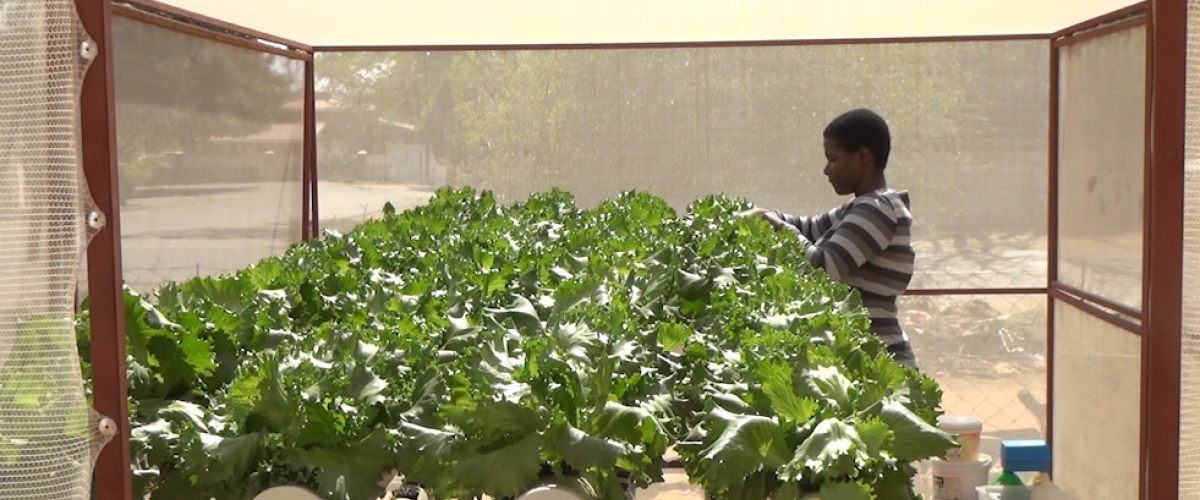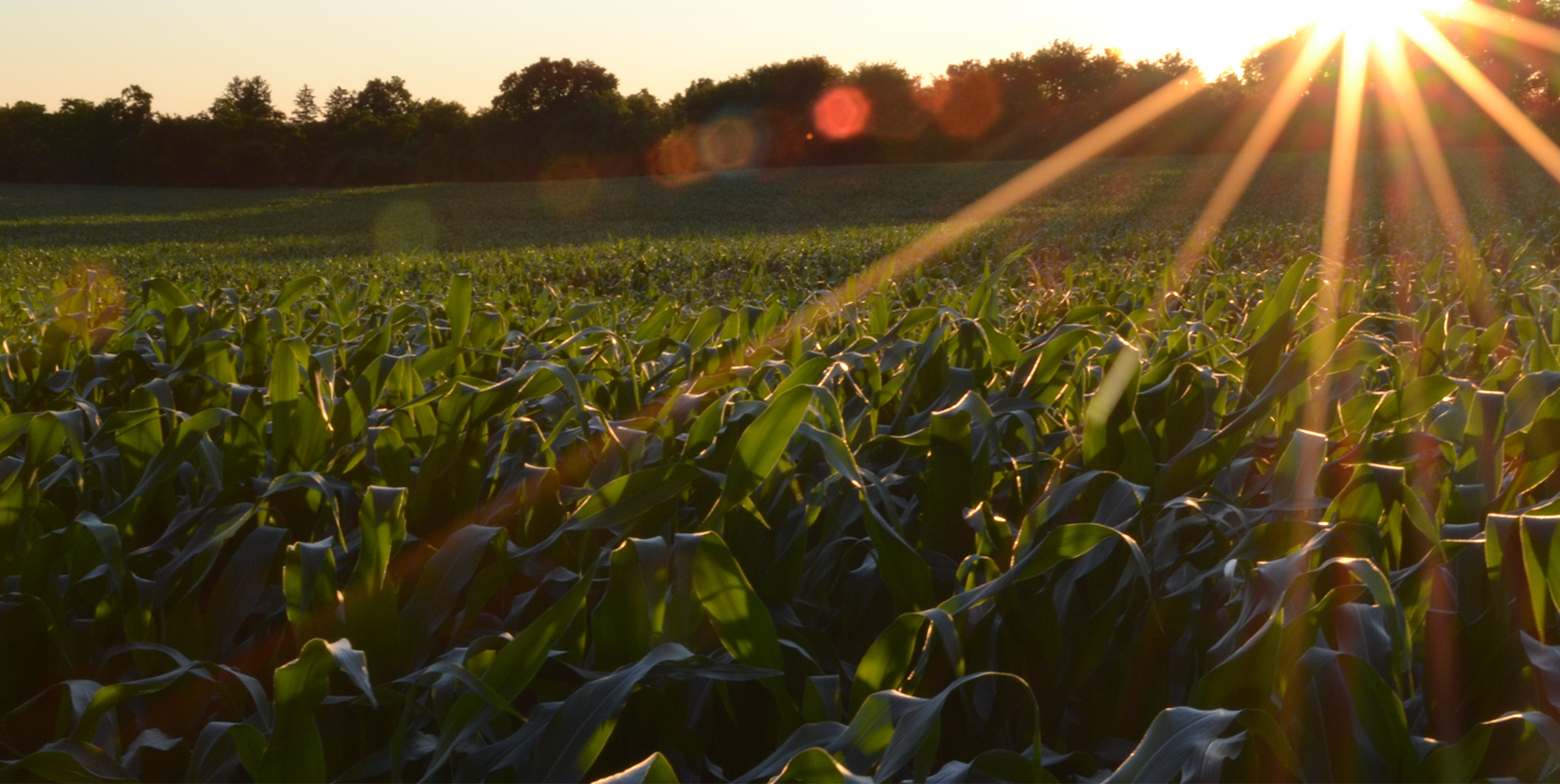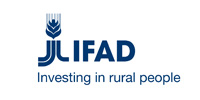
By Dickson Mmaba
Feeding people in decades to come will require ingenuity and innovation to produce more food on less land in sustainable ways. Climate-Smart Agriculture (CSA) is indeed the answer to climate change and other agriculture-related challenges of the present. CSA refers to agricultural practices that ensure sustainable production under uncertain climatic conditions. It involves improving the management and use of natural resources and adopting appropriate methods and technologies for the production, processing and marketing of agricultural goods. CSA aims at adapting and building resilience to climate change, reducing and removing greenhouse gases emissions and sustainably increasing agricultural productivity and incomes. Climate change impairs the already tight resource constraints by making weather more extreme and variable and hence decreasing average yields worldwide. Population growth, changing diets, land and water scarcity are also long-term trends that threaten our shared vision of a more prosperous future in which well-fed people everywhere are able to achieve their full potential without damaging their environment.
Green Gem, a horticultural farm is among the few that has adopted an initiative to produce their produce using CSA practices. The farm has been operating for 20 years and it is based in Phakalane, Botswana. Green Gem sits on a 4.2ha of land with an array of leaf lettuce, head lettuce, cherry tomatoes, green pepper, rape, herbs, plants, lawn and flowers and other vegetables. Green Gem grows most of their crops using technology-based farming practices being hydroponics and aquaponics.
Hydroponics is the growing of crops without using soil instead you use a nutrient solution to feed your plants, a substrate (gravel, sand, clay pellets etc) just to support your crops. Aquaponics is a combination of aquaculture (fish farming) and hydroponics (growing crops without soil) in one integrated system. With an aquaponics system, the fingerling (fish) is raised in a fish tank. The fish is fed with chicken droplets from the farm. The fish provides nutrients in form of their waste or excrement. The water in the tank which contains ammonia, nitrites, nitrates, phosphorous, potassium, and other micronutrients from the fish wastes, is continuously pumped to water the plants growing in the hydroponic system. The plants remove or absorb the nutrients from this water and also act as a biofilter, cleansing the water so that the fish remain healthy. The clean water is then sent back or recycle back into the fish tank.
This system has a number of advantages, such as the use of less space. The system has proven that the quality of a successful farming enterprises does not depend on the size of the land but on good farming practices, you can accomplish a lot of production from a small footprint with the aquaponic system through the use of vertical structures. There is less demand to clear the environment/forest for large farmland, also reduce soil erosion and degradation issues, biodiversity is preserved. The other advantage is that aquaponics is a water-based system but weirdly uses less water instead. The system uses only 20% of the water that would be needed to grow crops in traditional farming because the water is recycled back to the fish tank. Some water can be lost through evaporation, which is normal but much of the water is retained for weeks. For example, the farm uses 15000 litres of water weekly in the conventional system whereas with this system only 3000 Litters or less is used. Just imagine how much water could be saved over a long period of time. The system can work perfectly at semi-arid places where there is no water.
There is no use of chemicals, the waste from the fish is used as the natural fertilizer for the plants. The beauty of the system practised by Green Gem is that it uses less labour, the system is automated, one only need to press a button for the system to run. There is no soil used, and instead, gravel stones and clay pellets are used to support the crops. The soil is left undisturbed, the system generally conserves structures and fertility of the soil. Aquaponics is one of the integrated Agriculture techniques that meet the criteria for climate-smart Agriculture. It sustainably increases food security by increasing agricultural productivity and incomes. The system produces 2 streams of income; not only do you harvest your fresh vegetables; you also get to harvest your fish.
The system also contributes to reducing watershed pollution which often originates from fertilizer runoff and aquaculture effluent discharge. It has the potential of producing high yields of products with less labour, land, no chemicals, and a fraction of water usage. It is a resilience system that can be adapted to an adverse and changing environment. Being a strictly controlled system, it combines a high level of biosecurity with low-risk diseases and external contamination and environment, while producing high yields without the need for fertilizers and pesticides.
Clearing land for crops, artificial fertilizers, insecticides, herbicides account for almost ¼ of greenhouse gas emissions. Climate-Smart Agriculture the farming we all need. We all owe it a duty of care to protect the ozone layer and keep the environment clean at the same time ensuring food security. The main objective of the farm is to produce more, to feed the nation and help in reducing the import bill of the agricultural products. The company supplies leaf lettuce to leading restaurants including Street hawkers, Mugg&Bean, Primi Restaurant, Caravelle Portuguese restaurant, Rodizio, News Cafe, Cafe Dijo, Steers, Cresta, Masa, and supermarket chains around Gaborone.
A young Motswana farmer, Tshepo Manne who owns a company called Grow 365, ventured into hydroponics for the reasons that she was avoiding issues of lack of land, water and financing that are major hindrances in agriculture. “hydroponics is affordable in the sense that you save water and your plants grow faster, you use less space and grow more, and you need less money for a startup,” she said. The water from the hydroponics garden is changed after a month. The water, however, is not regarded as waste as it is used to water full-grown plants, and it allows for an integrated approach to farming, where you have your hydroponics garden and soil-based plants using one water.
In December 2019 Tshepo set the system up and tried out with different types of crops and was met with some failures, as she had no practical experience. She later learned from her mistakes and became an expert dealing with the system. She now trains other interested local farmers on hydroponic farming. She explained that the set up saves costs, although initial costs are incurred in the long run once the system is fully functional the farmer get a return on investments. “I don’t have pests and insects’ problem.” Tshepo does not need to use pesticides nor insecticides and this grants her produce clean and healthy.
The system is not labour-intensive as one can tender the crops by herself without any help. “for the whole 230 plants, I have been tending them myself and in a system that accommodates 1000 plants you can have 2 to 3 people working in the system.” She pointed out that her desire is to have a fully automated greenhouse where plants can reach their optimum best as she is still limited since she is using a shed net hence not in full control of the environment, she is growing in. On the issue of the market, she pointed out that with the 250 plants she supplies her community only at the moment.
The author is the Agricultural Information and Public Relations Officer in the Ministry of Agricultural Development and Food Security in Gaborone, Botswana






